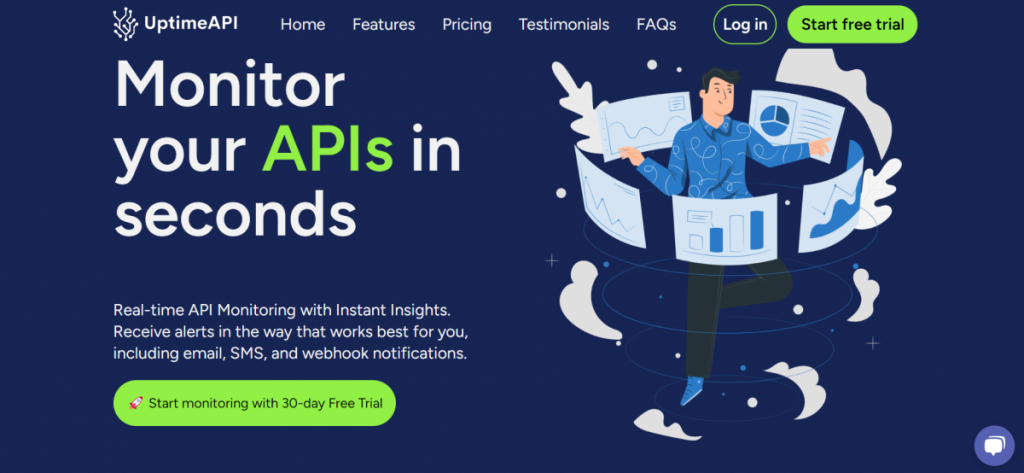In today’s interconnected digital landscape, APIs are the glue that binds various software components and services together. Whether they are public APIs, accessible to a wide range of developers, or private APIs, serving internal purposes within an organization, monitoring these interfaces is crucial to ensure seamless functionality, security, and performance. This article delves into the nuances of monitoring both public and private APIs, providing valuable insights and best practices for effectively managing these critical assets. Also, we will show you the best Tool to Monitor Public And Private APIs.
The Importance of API Monitoring
APIs facilitate the exchange of data and functionalities between different software applications. Any disruption or failure in these connections can lead to user dissatisfaction, financial losses, and even breaches in data security. Therefore, monitoring APIs is essential to identify and address issues promptly.
Monitoring Public And Private APIs
When it comes to monitoring public and private APIs, choosing the appropriate tools is paramount. Various options are available, from dedicated API monitoring platforms to open-source solutions. Each has its advantages and limitations, allowing you to tailor your choice to your specific needs. Timely detection of issues is imperative to minimize disruptions to your users. Implement real-time alerting mechanisms that can notify relevant stakeholders whenever predefined thresholds are breached or anomalies are detected.
Leverage machine learning and anomaly detection algorithms to identify unusual patterns or behaviors in API traffic. This proactive approach can detect issues that might not be captured by static thresholds.
Uptime API: The Best Way To Monitor Public And Private APIs!
Uptime API is a monitoring tool that allows you to monitor the uptime and performance of your public and private APIs. It uses a global network of servers to check your APIs at regular intervals and alert you if there are any problems. Downtime can have a significant impact on your business. If your API is unavailable, your customers will not be able to use your products or services. This can lead to lost revenue and damage to your reputation.
Uptime API works by periodically sending requests to your APIs from multiple locations around the world. If an API does not respond or returns an error, the tool will alert you immediately. Also, this service supports monitoring for both public and private APIs. You can monitor any API with an accessible endpoint.
Monitoring an API with Uptime API is a very simple task. You just have to register on the website and start monitoring with a 30-day Free Trial. Then create a new “Monitor” and complete the required data: API’s name, URL, HTTP Method, Monitor Timeout, Monitor Interval, etc. Finally, the service will monitor your API (public or private). It will regularly check the status to ensure they are up and running as expected.
Watch this video:
In an era where APIs play a pivotal role in the digital ecosystem, monitoring public and private APIs is not just a best practice; it’s a necessity. Effective API monitoring empowers organizations to deliver reliable, secure, and high-performing services, fostering trust among users and ensuring business success. For more info about Uptime API, visit the website.
Read this post: Get API Uptime Statistics By Using This Tool



